Mount Danxia Scenic Area
Danxia Mountain Scenic Area is located in Renhua County, northeast of Shaoguan, Guangdong Province. Danxia Mountain is composed of red sandy scintillate rocks and characterized by red cliffs. Geologists named Danxia Mountain as "Danxia Landform".
Danxia Mountain Scenic Spot is a national key scenic spot, National Nature reserve, the first batch of national AAAA-level tourist areas, national geological park, national AAAAA-level tourist areas, the first batch of world geological parks, also known as "natural nude park".
geographical position
Danxia Mountain Scenic Spot is located in the northeastern suburb of Shaoguan City, Guangdong Province, China. Its geographical coordinates range from 113 degrees 36 to 113 degrees 47 in the east longitude and from 24 degrees 51 to 25 degrees 4 in the North latitude. The total area of the Scenic Spot is 292 km, and the total area controlled by the whole Scenic Spot is 373 km. The environmental protection zone of the scenic spot extends to the peripheral highways, with the boundaries of S246 Provincial Highway (New Line) and Xinshaoren Highway (Planning) in the north and west, 106 National Highway and 323 National Highway in the northeast, East and southeast.
topographic features
The landform of Danxia Mountain Scenic Area is composed of more than 680 red gravel rocks with flat top, steep body and gentle foot. It is characterized by red cliff and is called Danxia landform. It is the most typical, complete type, richest shape and most beautiful Danxia landform concentrated distribution area in the world. Danxia Mountain is a large inland basin. Affected by the Himalayan movement, the surrounding mountains are strongly uplifted, and a large number of clastic deposits are accepted in the basin, forming a huge red stratum, which belongs to the red stratum landform. After long-term weathering, stripping and water erosion, the red sandstones on the mountain form isolated peaks and steep strange rocks, and the thick red sandstones and conglomerates develop along vertical joints.
Climatic characteristics
Danxia Mountain Scenic Spot is located in the south slope of Nanling Mountains. It belongs to the southern edge of subtropical zone. It has the characteristics of subtropical monsoon humid climate in the transition from middle subtropical zone to south subtropical zone. It has long summer and short winter, cloudy spring and summer, less precipitation in autumn and winter, and cool autumn. Danxia Mountain Scenic Spot is a monsoon area. Because it is relatively far from the ocean, it is seldom directly damaged by typhoons. Basically, it is only affected by the low-pressure circulation around typhoons. But typhoon has a great impact on autumn rainfall in Danxia Mountain. Without typhoon, there would be no rainfall and less water supply. The annual average temperature of Danxia Mountain is 19.7 degrees Celsius. The average maximum and minimum temperatures are higher in autumn than in spring. The average daily precipitation in Danxia Mountains is 1715 mm and the precipitation days are 172 days.
natural resources
plant resources
In terms of plant resources, there are obvious transitional characteristics between the central subtropical zone and the southern subtropical zone. There are 216 families, 891 genera and 1916 species of plants in Danxia Mountain. Among them, there are 1706 species in Danxia Mountain flora, belonging to 206 families and 778 genera; 23 species of rare and endangered protected plants in Danxia Mountain; 5 species in IUCN Red List; 16 species in China Red List; 13 species in National Key Protected Wild Plants List; 347 species in 204 genera, 97 families of Danxia Mountain endemic species; and 347 species in Danxia Mountain endemic species. Danxia Wutong, Danxia Nancandle and Danxia Chicory moss are the most prominent and representative. Thirteen species were recorded in the national list of key protected wild plants (1999), of which the Chinese leek is the first-class key protected species.
Animal resources
In terms of animal resources, the good ecological environment of wildlife is preserved. There are 88 mammals, 288 birds, 86 reptiles, 37 amphibians (or subspecies), 100 fish or subspecies and 1023 insects in Danxia Mountain. Fifty-nine species of animals are listed in the Red List of Chinese Species, 73 species in the IUCN Red List and 66 species in CITES; 54 species are under state protection, of which 7 species are protected in Grade I and 47 species are protected in Grade II. There are 75 species of wildlife under the state's key protection, including 9 species of first-class protected animals and 66 species of second-class protected animals.
Main scenic spots
Jinjiang Scenic Area
The main line of the tourist area is Jinjiang cruise ship. It starts at the dock of Ph. D. Ecological Park in the north and reaches Danxia Power Station in the south. There are dozens of scenic spots along the way, forming a 8 km waterway scenic corridor. The main scenic spots are turtle pilgrimage, carp leaping longmen, ancient quarries, monk cap peak, six-fingered capturing demons, Guanyin sender, smiling Buddha, tea pot peak, thumb peak, sisterhood peak, Xianshan Qiongge, Yangyuan Stone, group elephant crossing the river, Elephant Boy herdsman, Chibi Danya, etc.
Fairyland
On the hill on the left side of Jinjiang River, there is a pavilion called Viewing Pavilion. Down the stone steps to the pavilion, all around the scenery panoramic view, looking forward, there are sisters peak, thumb peak, teapot peak, teapot peak is like a teapot, the lid, spout are all available, but there is no teapot handle. Yanyan rock and flat roof before and after Teapot Peak are like a tea table and cup corresponding to Teapot Mountain. Looking to the left, it is Chaotian Dragon. At the farthest point, there is a peak standing upright, like the Guanyin Bodhisattva. In front of the Guanyin Rock, there are two small stone peaks, like a golden boy and a jade girl, which form the landscape of "the boy worships Guanyin".
Xianju rock Taoist temple
According to legend, Xianjuyan Daoism was the place where Zhang Tianshi lived during his South tour. In memory of Zhang Tianshi, later generations built a temple here. There were three Taoist temples, five Taoist houses and one pool. Xianjuyan faces northwest, with Kowloon Peak in front of the left and Banana Canyon in front. Banana Canyon is also called Zhenxian Canyon. A strange stone cave along the way, especially a banana forest in front of the cave. The banana forest is situated under the cliff. The cliff top is drifting with rain all the year round. It is a natural wonder.
Elders peak Scenic Area
The Changlaofeng Tourist Area is the oldest tourist area in history. It consists of three peaks, namely, Changlaofeng, Conch and Baozhufeng, which constitute the three most typical landscapes of Cabo Danxia. The lower landscape centers on Jinshiyan, including Jinshiyan Temple, Qianshengyan, Zushiyan, Fuhuyan, Longwangyan, Mengjuekuan, Cave Tongtian, Dragon Scale Stone, Mawei Feiquan Waterfall, Chameleon Baizhang Cliff and the most typical Red Cliff Danya.
The cave is all over the sky.
Up the climbing road, turn left, and you will see a natural weathering and erosion cave engraved with the words "cave through the sky". This is a cylindrical horizontal passage. The height of the passage is only 0.9 meters. It is formed by the accumulation of flowing water eroding rocks and collapsed rocks. The passage is less than 10 meters. It is warm in winter and cool in summer. At the other end of the passage, there is a large vertical hole in the sky, which is over 40 meters high. It penetrates the middle-level scenic spot directly. The walls are cut and the vines are hanging. Owing to the convection of air, wind often occurs in the cave.
Long day line
Changtian Line is also known as Baizhangxia. From the "cave through the sky" to the right, 100 meters, facing a cliff leaning against the sky, nature will split the cliff from top to bottom a crack, more than 70 meters long, 40 meters high, only about a meter wide, the narrowest point is only 0.7 meters, become a "cave through the sky" to "brocade rock" a secluded path.
Double marsh
Shuangmao Bihe is located on the right side of the middle-level scenic spot, under the original Zhengqi Pavilion. There are more than three meters high boulders rise, like a platform, there are two stone pools chiseled on the platform, one big and one small, like two mirrors, so here is also known as the "double mirror pool".
Historical development
During the Sui and Tang Dynasties, Danxia Mountain was already a scenic resort in Lingnan, with monks and nuns operating in the mountains and building Buddhist temples;
During the reign of Huizong Chongning in the Northern Song Dynasty (1102-106), Fayun Jushiyun traveled to Danxia Mengjuekuan and built 18 nunneries here to worship Guanyin Bodhisattva;
At the end of Chongzhen in the Ming Dynasty (1644), Li Yongmao, governor of Ganzhou, Jiangxi Province, attempted to resist the Qing Dynasty. He and his family lived in the "Changlaozhai Village" of Danxia Mountain, building houses and opening fields;
In the first year of Emperor Kangxi in the Qing Dynasty (1662), Dangui Zen Master of Hailan Temple in Guangzhou came to Danxia Mountain to open up a pavilion, build Beichuan Temple, build Daxiong Palace, Maitreya Palace, Guanyin Pavilion, Tibetan Jingge, abbot's building, Zen House, guest hall, etc.;
In the twenty-first year of Kangxi (1683), Gu Jian, another monk of Haizhuan Temple in Guangzhou, built an Ancestral Hall in Banzhai of Danxia Mountain and Hongyan;
In the forty-first year of the Qianlong reign of the Qing Dynasty (1776), monks were massacred and the Beizhuan Temple was robbed for the first time.
In the fourteenth year of the Republic of China (1925), Kuomintang troops shelled Huang Yaoxiang and other bandits across the Jinjiang River, and all the precious magic instruments of the Biechuan Temple were swept away by the escaped bandits, thus causing the Biechuan Temple to suffer a second disaster;
In the fifteenth year of the Republic of China (1926), Renhua County High School moved to Beizhuan Temple to take refuge, inadvertently burned the mountain, Daxiong Palace, Wei Luan Hall and other large buildings were reduced to ashes;
In the 23 years of the Republic of China (1934), Li Han-soul, a member of the appeasement Committee of Northwest Guangdong, led his troops to Zhaguan, and rebuilt the Danxia Jingshe and the Danxia House of Commons.
In 1963, Renhua County established Danxia Mountain Forest Farm;
In 1980, Master Benhuan raised tens of millions of yuan to rebuild the Biejuan Temple and the Jinshiyan scenic spots.
Honors
In 1988, it was awarded the National Scenic Spot;
In 2000, it was appraised as a national geological and geomorphological nature reserve;
In 2001, it was awarded the first batch of national AAAA-level tourist areas;
In 2003, he was awarded the title of "Youth Civilization" by Guangdong Youth League Committee.
In 2004, the first batch of world geological parks were awarded.
From 2004 to 2005, Shaoguan Municipal Committee awarded the honorary title of "window of civilized demonstration post of municipal government";
In 2007, Danxia Mountain Scenic Spot was rated as a civilized unit of Guangdong Province.
In June 2008, he was awarded "National Youth Civilization Demonstration Window" by the National Tourism Administration and the Central Committee of the Communist Youth League;
In July 2008, she was awarded "National Civilization Post" by the National Tourism Administration and the National Women's Federation;
In 2009, it became a nomination site for World Natural Heritage;
In February 2009, Danxia Mountain Scenic Spot was awarded as an advanced unit in the construction of civilized scenic spots in the whole country;
In August 2010, it was listed as the World Natural Heritage Site and became the eighth World Natural Heritage Site in China.
On Jan. 9, 2012, it was awarded the license of 5A national tourist attractions.
In 2013, it became one of the first 39 "National Ecotourism Demonstration Zones" in China.
Tourism information
Traffic routes
Intercity traffic
Shaoguan has trains leading to major railway lines in East China, North China and Southwest China. Tourists to Danxia Mountain can get off at Shaoguan Station. Then they can transfer to Danxia Mountain from Shaoguan to Danxia Mountain, which is only 50 kilometers from Shaoguan to Danxia Mountain. The travel time is 40 minutes. In addition, every 15 minutes, there is a luxury Zhongba departure from Shaoguan Railway Station, which runs from 6 a.m. to 7 p.m.
Interprovincial traffic
Railway: The main artery of Beijing-Guangzhou Railway runs through the city, passing through Shaoguan and Lechang, Ruyuan and Qujiang three cities and counties, with 65 pairs of trains passing every day. There are special express trains to and from Shaoguan-Shenzhen and Shaoguan-Guangzhou every day. Guests from the north can choose to get off at this station for sightseeing, and then go to other cities in Guangdong Province, Guangzhou, Shenzhen, Zhaoqing and other places to connect trains. Shaoguan Railway Station is located on the East Bank of the Minjiang River. It can be reached by bus No. 1, 2, 3, 4, 9 and 10.
Highway: Shaoguan Highway is accessible in all directions. 105, 106, 107 and 323 National Highways run through Shaoguan. Shaoguan to Guangzhou is 290 kilometers long. Gantang to Wengcheng of Shaoguan section of Beijing-Zhuhai Expressway is open to traffic. There are tourist buses from Shaoguan to the nearby scenic spots, mostly in China and Pakistan. You can also transfer to cities and counties at the station first. Generally, the journey is about two or three hours.
Flavor specialty
Danxia Shan Shatian Pomelo
Danxia Shan Shatian Pumelo is a top-grade grapefruit, belongs to Rutaceae, is an evergreen tree with thick leaves, broad wings and large clusters of flowers. The fruit is broadly obovate, ripe in late autumn, pale orange, and can be stored well. The pulp is sweet and sour, with a delicate fragrance. Because the climate and soil here are the same as Shatian in Guangxi, the shape, pulp, sweetness and aroma of Shatian grapefruit are comparable to those of Shatian grapefruit in Guangxi.
White tea
Danxia Mountain is located in Renhua County, and Renhua County is the hometown of Lingnan Baimao Tea. Renhua Hongshan Huanglingzhang's "Yunwu Baihao" tea was once a court tribute of Jiaqing Dynasty in Qing Dynasty. This kind of green tea is silver and sweet, with natural orchid fragrance. It is the first of the three white-wool teas in China. It also has many functions, such as nourishing body fluid, quenching thirst, refreshing the brain, appetizing, reducing blood pressure and so on. "Baimaojian" tea is a treasure of tea. It is named for its strong buds and dense silvery hairs. The processed tea buds are as white as snow, and the tea soup is clear and lasting.
• stir fried Hill pit snails
Danxia Mountain pit snail is small, pointed and long, conical, such as finger size, all seasons. Cooking is exquisite, the best way is: before cooking, pit snails should be soaked with clean, remove the sand and debris in the snail body, and then soaked in chicken soup at room temperature for feeding, so that its meat is thick, tender and sweet, and then clamp off the tip of the tail. When stir-frying, add green pepper, perilla, ginger, scallion and other condiments, and master the temperature, can not over-fry, so as to make fresh, sweet and refreshing pit snails.
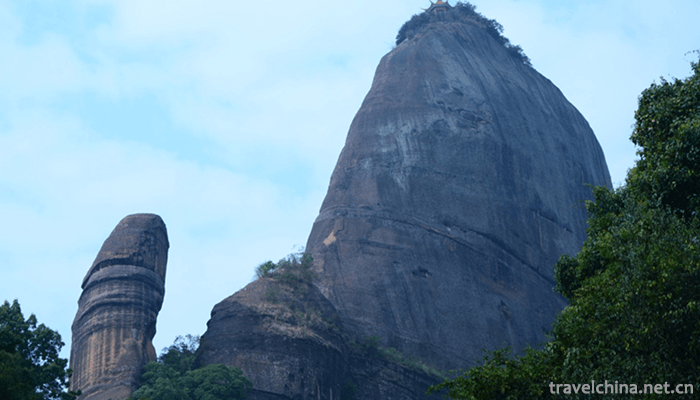
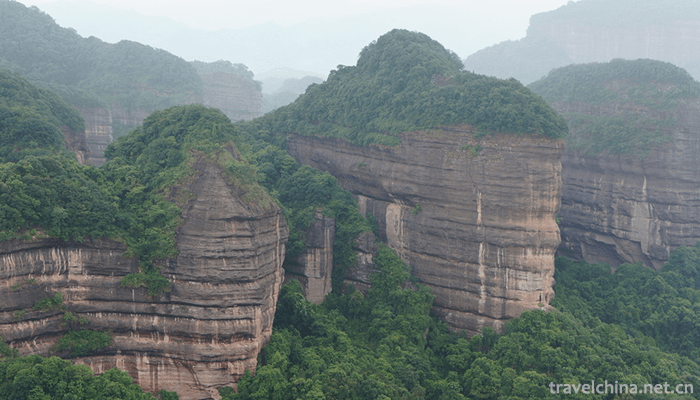



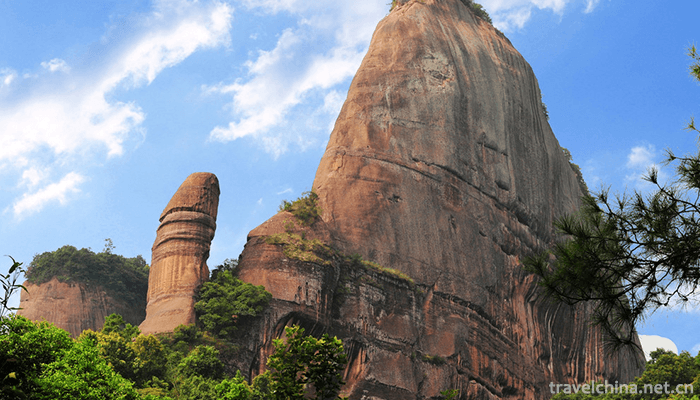
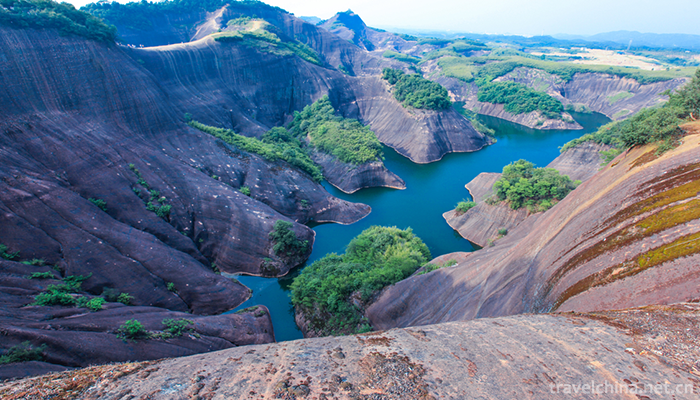
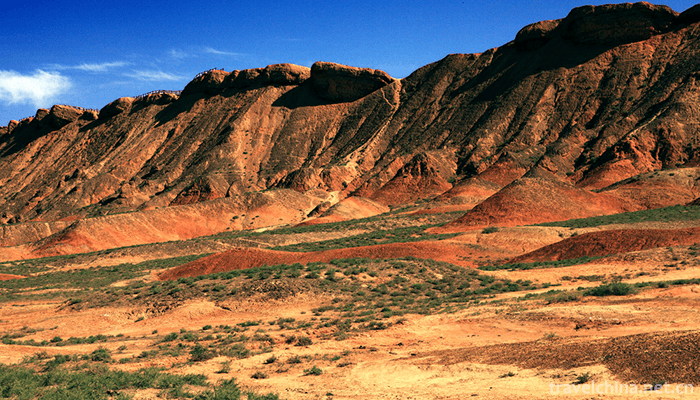
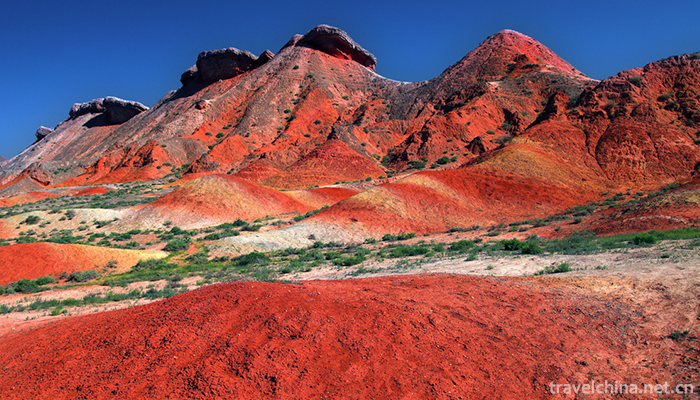
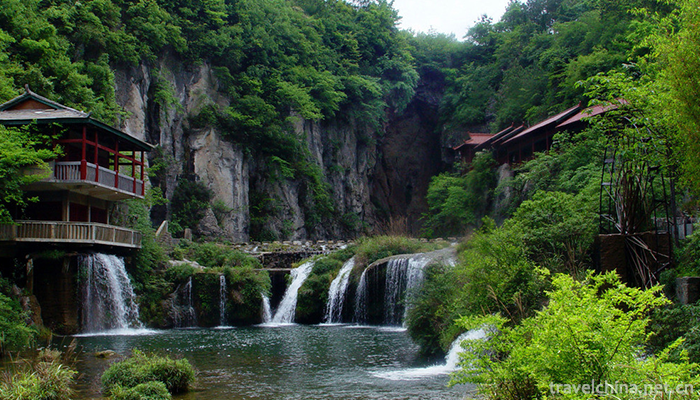
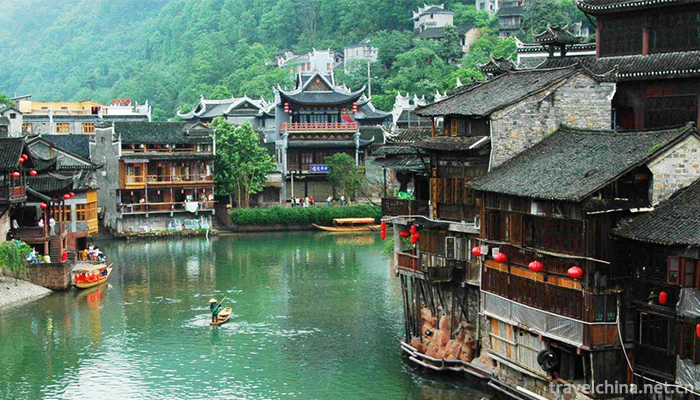
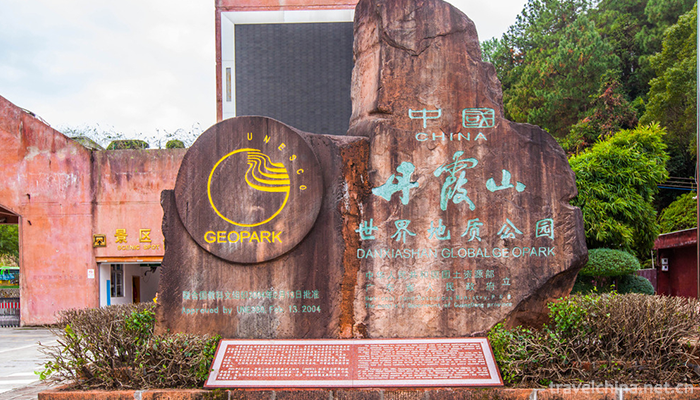


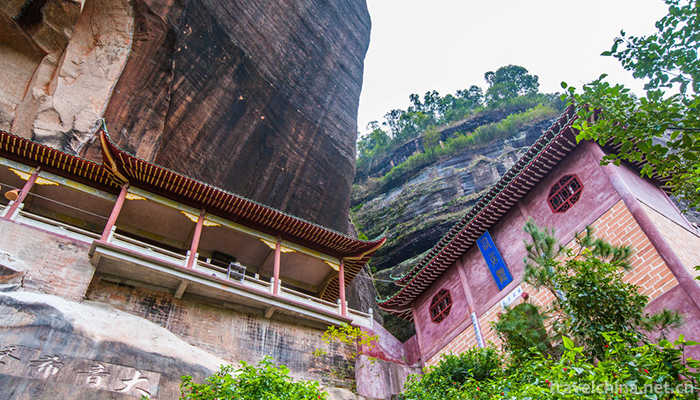
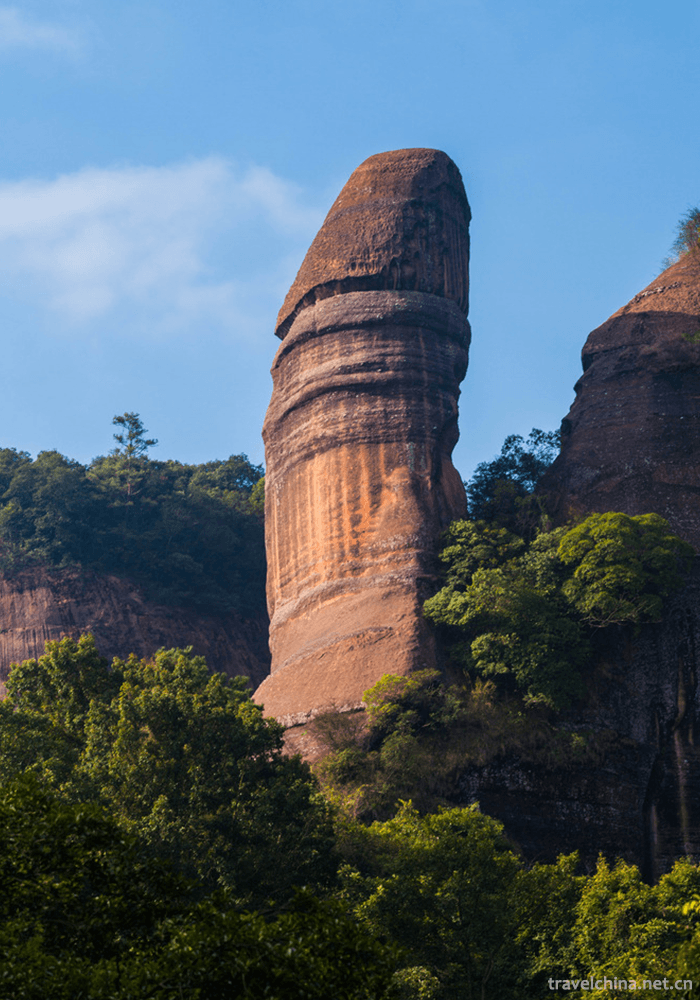
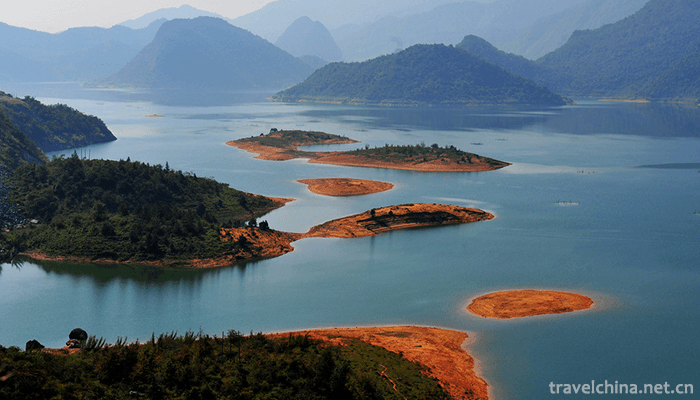

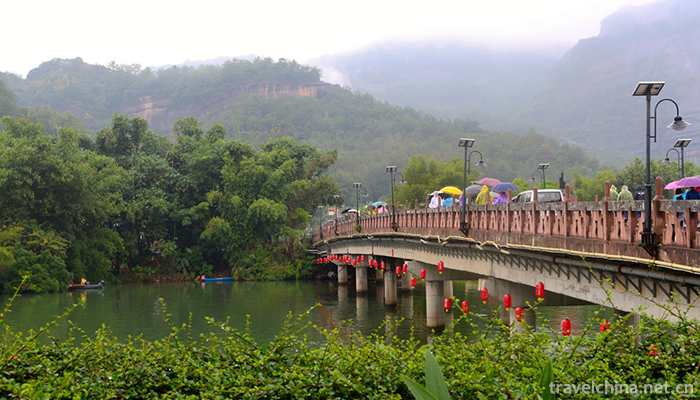
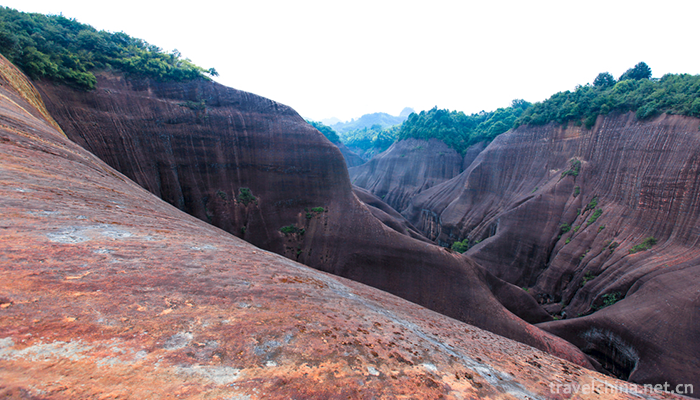

-
1.Shenzhen Overseas Chinese Town Tourist Resort
Shenzhen Overseas Chinese Town, located in the Rhododendron Hill of Shenzhen Overseas Chinese Town, is the latest generation of large theme parks built by the Overseas Chinese Town after the splendid
Time 2018-12-12 -
2.Four Seasons Hotel Shenzhen
Four Seasons Hotel is an international luxury hotel management group, headquartered in Toronto, Canada. It was founded by Mr. Isado Sharp in 1961. Now it has more than 90 hotels and resorts in nearly
Time 2018-12-16 -
3.Oriental Ruihai International Hot Spring Resort
Oriental Ruihai International Hot Spring Resort is a hot spring real estate project jointly invested by Shandong Sanzhong Group and Shandong Xingsheng Mining Group, with a total investment of 300 mill
Time 2018-12-20 -
4.Kowloon Lake Resort
Guangzhou Jiulong Lake Resort is a national AAAA-level tourist attraction with an area of 25,000 mu. The resort takes natural landscape as its broad carrier and family vacation as its leading function
Time 2018-12-22 -
5.Kuanguo Museum
The Kuanguo Museum is a special museum built on the site of the Kuanguo Cemetery in the Western Zhou Dynasty, a national key cultural relic protection unit. It covers an area of 100,000 square meters
Time 2019-01-13 -
6.Hefei Intangible Cultural Heritage Park
Hefei Intangible Cultural Heritage Park project is located in Changfeng County, Hefei City, China. The project covers an area of about 3500 mu, with a total investment of 500 million yuan and a constr
Time 2019-01-13 -
7.Min Opera Fujian Opera
Fujian Opera is the only existing opera that sings and reads Bai in Fuzhou dialect. It is prevalent in central Fujian, Eastern Fujian and Northern Fujian, and spread to Taiwan and Southeast Asia. It i
Time 2019-06-05 -
8.Bronze Repair and Reproduction Techniques
Traditional bronze repair technology mainly includes shaping, splicing, matching, bonding (welding), strengthening, old and other processes, and sometimes involves rust removal, scalding (surface seal
Time 2019-06-11 -
9.Sichuan Yangqin
Sichuan Yangqin is one of the representative folk songs of Sichuan Province, which is popular in Chengdu, Chongqing, Luzhou, Zigong and other cities and regions. In the early period, it was also calle
Time 2019-06-16 -
10.Ao Bai
O Bai (about 1610) - 1669, Manchu: Oboi) Guwalgiya Manchuria is set in Huangqi banner. Mio Yuanhoon, Quan Chen, the son of Saul fruit of the tribal chieftain of the Qing Dynasty, the founding fathers
Time 2019-09-11 -
11.Anhui Jianzhu University
Anhui Architecture University is a multi-disciplinary university characterized by the discipline of civil engineering. It is Anhui province. Ministry of housing and urban rural development To build th
Time 2019-10-10 -
12.Ganzi milk dregs
The traditional biscuit snack "Tui" is made of milk dregs and butter. And made from milk dregs. After the milk i
Time 2020-12-06